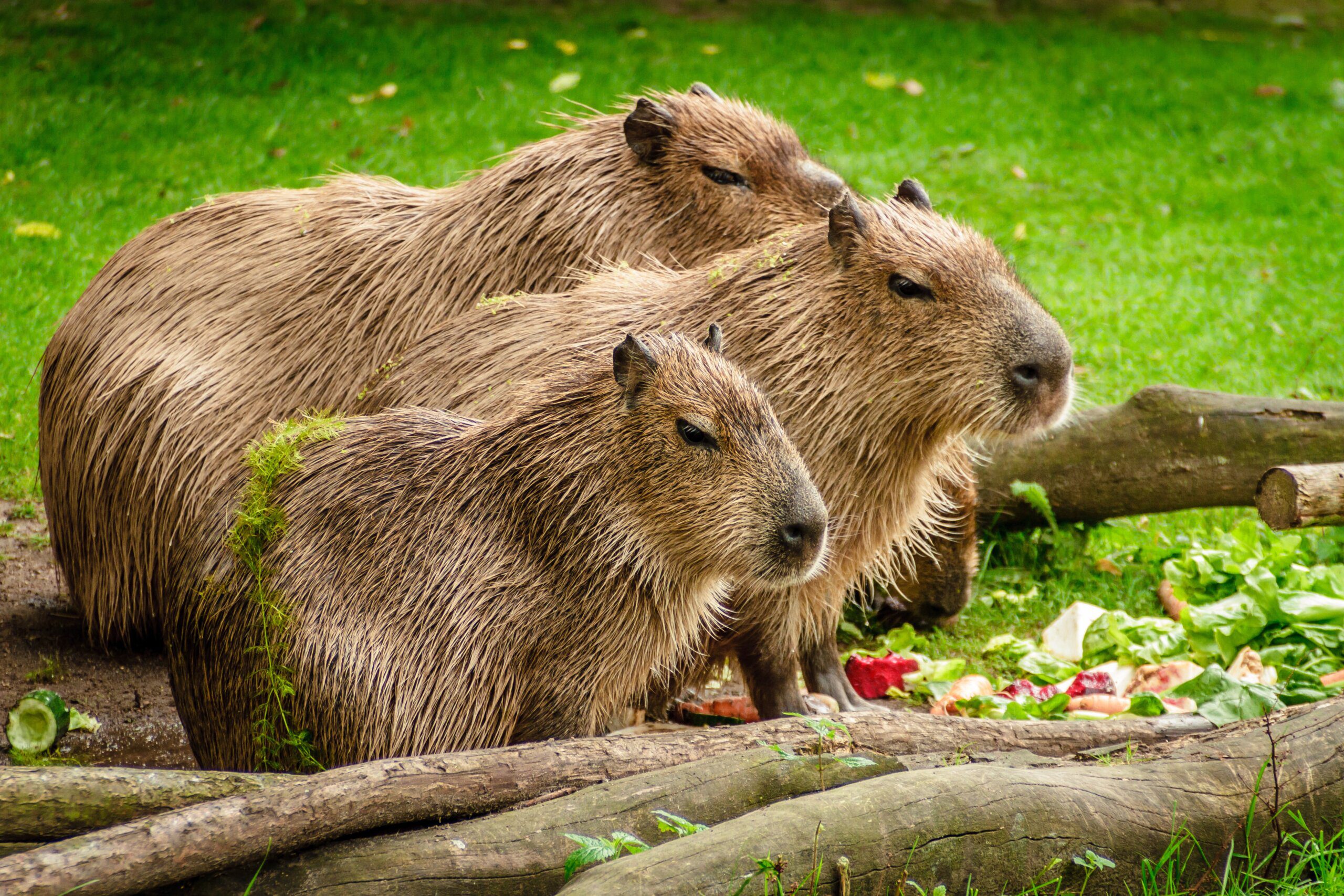If you’ve ever wondered about the fascinating world of capybaras and their unique way of procreation, then this article is just for you! Delve into the captivating realm of these charismatic creatures as we explore their intriguing mating habits. From their social behavior to their elaborate courtship rituals, prepare to be amazed by the extraordinary ways in which capybaras find love and companionship. So, get ready to step into the fascinating world of the capybara’s love life and discover the secrets behind their mating rituals!
Mating Habits of Capybaras
Capybaras, the largest rodents in the world, have fascinating mating habits that are worth exploring. In this article, we will delve into the various aspects of their mating behavior, including their physical characteristics, reproductive system, sexual maturity, mating season, behavioral changes, scent marking, courtship rituals, pair bonding, copulation, and gestation and birth. Join us on this journey to gain a deeper understanding of how capybaras mate and reproduce.

Physical Characteristics
Before delving into the intricacies of capybara mating, let’s first discuss their physical characteristics. Capybaras typically measure around 3 feet in length and can weigh between 77 and 146 pounds. These semi-aquatic mammals have distinctive features such as short legs, a barrel-shaped body, and a rounded head with small ears and eyes.
Reproductive System
The reproductive system of capybaras is similar to that of many other mammals. In males, it consists of internal and external reproductive organs, including the testes, epididymis, vas deferens, and penis. Females, on the other hand, have a reproductive system consisting of ovaries, fallopian tubes, uterus, and vagina. These anatomical structures play a crucial role in the mating and reproductive process of capybaras.
Sexual Maturity
Capybaras reach sexual maturity at different ages depending on various factors. Generally, females attain sexual maturity between 8 months and 2 years of age, while males become sexually mature around 1 to 2 years. However, individual variations may occur, and some capybaras may not reach sexual maturity until they are older.

Mating Season
The mating season of capybaras varies depending on their geographical location. In some areas, these creatures mate year-round, while in other regions, there are distinct mating seasons. Capybaras in tropical regions often have a prolonged mating season due to the favorable climate. On the other hand, capybaras in temperate regions may have more defined mating seasons.
Behavioral Changes
During the mating season, capybaras undergo significant behavioral changes. Males become more assertive and territorial, striving to attract and win the attention of females. They engage in various displays and vocalizations to establish dominance and gain the favor of potential mates. Females, on the other hand, display receptive behavior and may become more social, actively interacting with males.
Scent Marking
Scent marking plays a crucial role in the mating habits of capybaras. By leaving their distinct scent on various surfaces, capybaras communicate important reproductive information to potential mates. Both males and females engage in scent marking behaviors, using glands located on their faces and anogenital area to excrete a musky odor. This communication helps capybaras identify one another and signal their reproductive availability.

Courtship Rituals
Capybaras engage in courtship rituals as a way of establishing and strengthening pair bonds. These rituals involve a combination of body language, vocal displays, and grooming behaviors. Males often engage in head bobbing, nose poking, and nibbling, while females respond with receptive body postures and vocalizations. These courtship rituals strengthen the connection between potential mates and pave the way for successful copulation.
Pair Bonding
Pair bonding is an essential aspect of capybara mating. Once a male and female form a pair bond, they engage in mutual grooming, spend more time together, and exhibit increased social interactions. This bond can last for a considerable period and is beneficial during copulation, as pair-bonded individuals have a higher chance of successful reproduction.
Copulation
Copulation, also known as mating, is the final step in the capybara reproductive process. It occurs when a receptive female and a dominant male come together. Copulation involves the insertion of the male’s penis into the female’s vagina, allowing for the transfer of sperm. The duration of copulation can vary but is typically a relatively short process.

Gestation and Birth
Following copulation, the female capybara undergoes a gestation period before giving birth to her offspring. The duration of pregnancy in capybaras is approximately 150 days, or around five months. During this period, the female prepares for birth by exhibiting nesting behaviors, creating a comfortable and safe environment for her young. Capybaras usually give birth to a litter of four to seven young, known as pups.
Parental Involvement
Capybara mothers are highly attentive to their offspring, providing them with nourishment and protection. The young capybaras rely on their mother’s milk for sustenance during their early days. The father may also play a role in providing protection and ensuring the safety of the young capybaras. This parental involvement contributes to the survival and development of the pups.
Survival Rate
While capybaras have a relatively high reproductive rate, not all offspring survive to adulthood. The survival rate of capybara pups depends on various factors, including the availability of resources, predation, and the overall health of the capybara population. The strong parental care provided by capybara mothers increases the chances of survival for their young, but external factors can still influence the overall survival rate.
In conclusion, capybara mating habits involve a range of physical characteristics, reproductive processes, and behavioral changes. Their unique mating rituals, scent marking behaviors, and pair bonding contribute to successful copulation and the continuation of their species. Understanding these mating habits provides valuable insights into the complex lives of these fascinating creatures.



